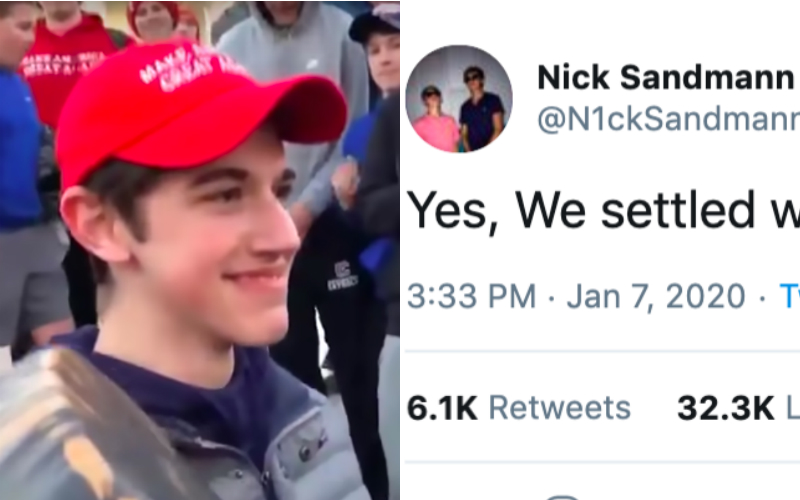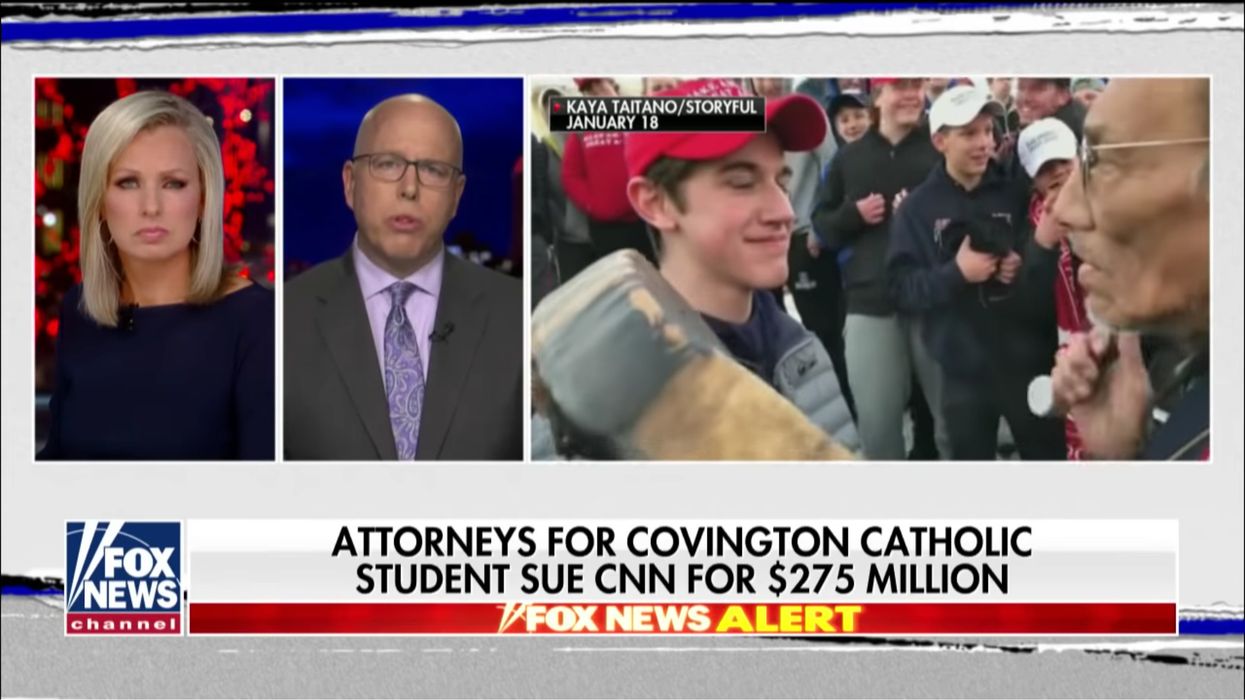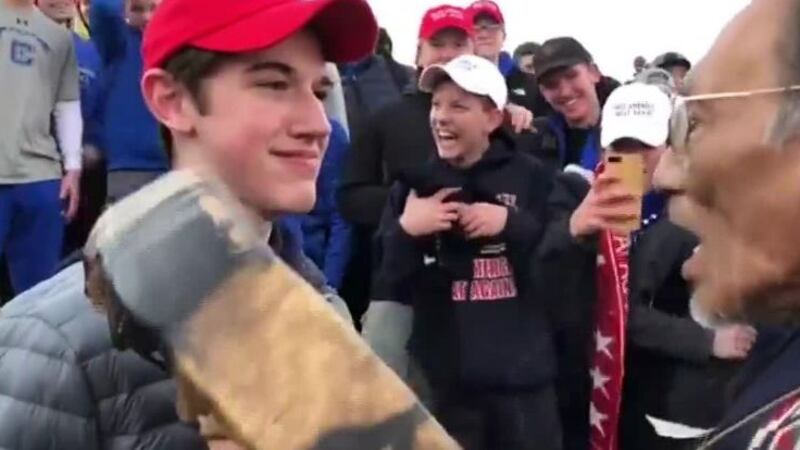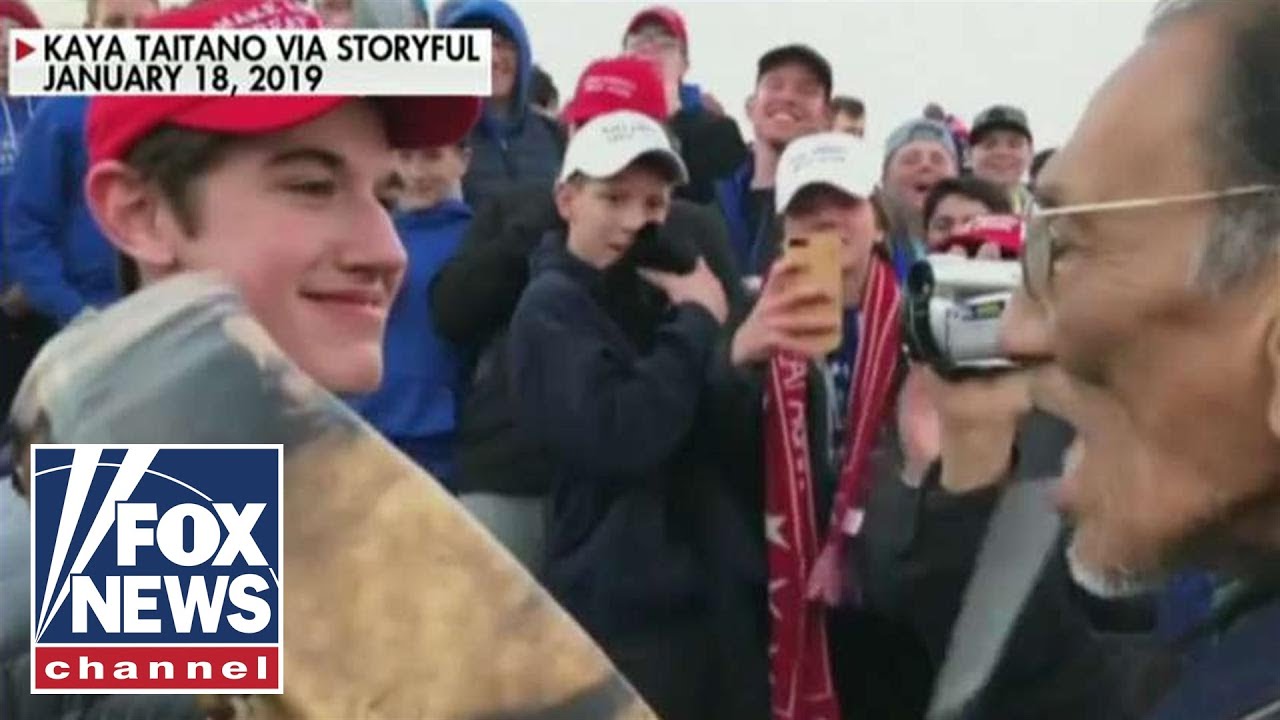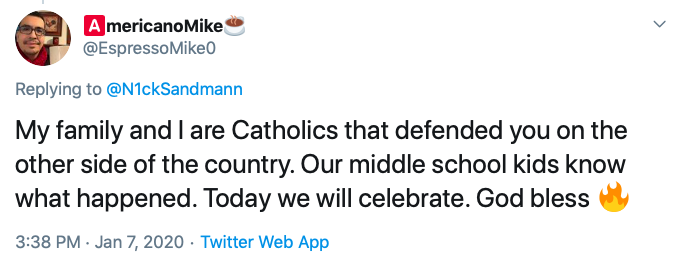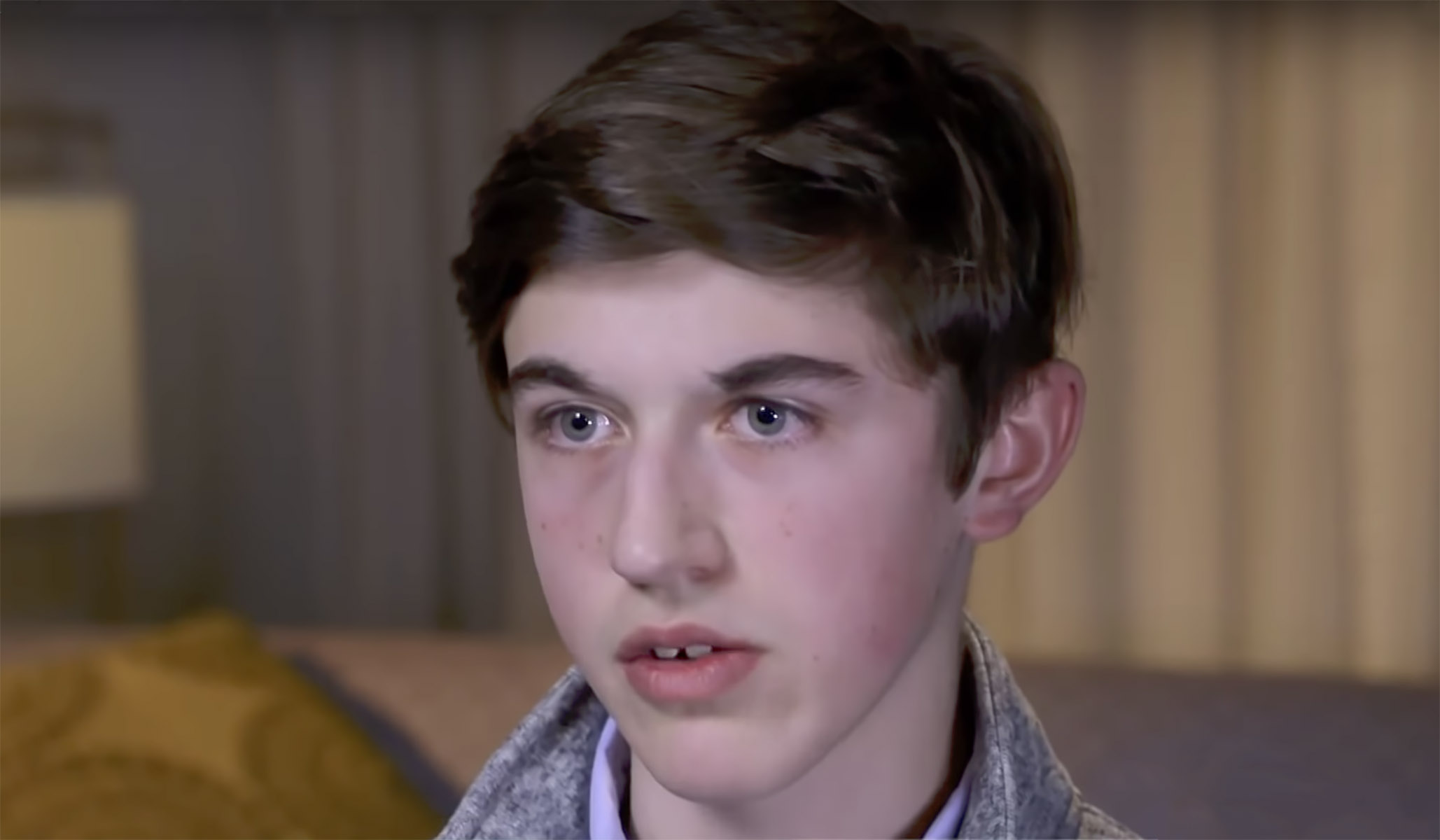Covington Catholic Lawsuit Cnn Amount
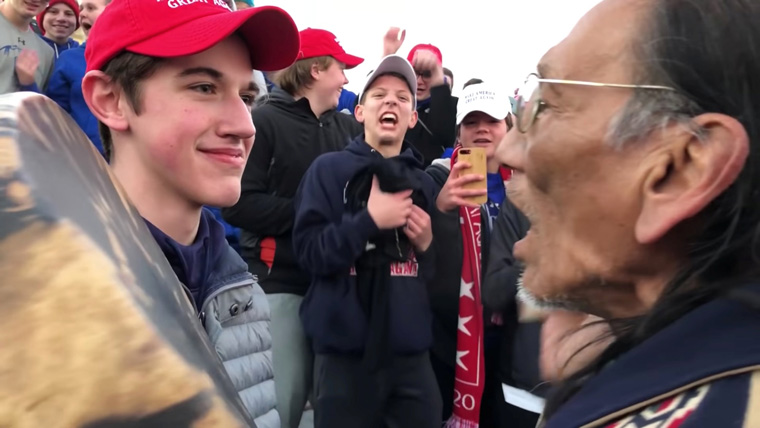
Imagine a crisp January day, the air thick with anticipation as young faces, many sporting "Make America Great Again" hats, gathered at the Lincoln Memorial. The atmosphere was electric, a mix of youthful energy and political fervor. Then, the spark of a moment, a fleeting interaction, ignited a firestorm that would engulf social media, cable news, and ultimately, the courts.
This article delves into the aftermath of the 2019 Covington Catholic controversy, specifically focusing on the lawsuit filed against CNN and the eventual settlement amount. It's a story of media scrutiny, allegations of defamation, and the long road to reconciliation, offering insights into the complexities of modern journalism and the legal battles that can arise from perceived misrepresentation.
The Spark: A Viral Encounter
The incident, which occurred after the 2019 March for Life, centered around a brief encounter between Nicholas Sandmann, a student at Covington Catholic High School, and Nathan Phillips, a Native American elder. Video clips of the interaction quickly went viral, sparking outrage and accusations of disrespect and racism leveled against the students.
Initial reports painted a picture of the students aggressively confronting Phillips. Media outlets, including CNN, heavily covered the story, often relying on fragmented video evidence and social media narratives that fueled the public outcry.
The Turning Tide and the Lawsuit
As more complete video footage emerged, a different narrative began to unfold. Many argued that the initial reporting had been inaccurate and unfairly portrayed the students as aggressors. Nicholas Sandmann and his family, believing they had been defamed, subsequently filed lawsuits against several media organizations, including CNN, The Washington Post, and NBC Universal.
The lawsuits alleged that the media outlets had rushed to judgment and published false and defamatory statements about Sandmann, causing him significant emotional distress and reputational damage. The legal battles became a high-profile test case for the responsibilities of media organizations in the age of social media and rapid dissemination of information.
The Settlement with CNN: A Confidential Resolution
In January 2020, it was announced that Sandmann had reached a settlement with CNN. The terms of the settlement, including the specific monetary amount, were kept confidential.
While the exact figure remains undisclosed, legal experts speculated that it was a substantial sum, reflecting the potential damages and the severity of the alleged defamation. The settlement allowed both parties to avoid a potentially lengthy and costly trial.
"The fact that CNN settled after being one of the first media conglomerates sued speaks volumes," said L. Lin Wood, Sandmann's attorney, in a statement at the time.
Beyond the Dollars: The Significance of the Case
The Covington Catholic case, and the subsequent lawsuit against CNN, served as a stark reminder of the power and responsibility of the media. It highlighted the importance of careful fact-checking, thorough investigation, and responsible reporting, especially in the context of rapidly evolving social media narratives.
The case also raised important questions about the impact of media coverage on individuals, particularly minors, and the potential for online harassment and reputational damage. It spurred a broader conversation about the need for greater media literacy and critical thinking in the digital age.
A Time for Reflection
The settlement between Nicholas Sandmann and CNN marked the end of one chapter in this complex story. While the details of the agreement remain private, the case as a whole leaves a lasting legacy, prompting reflection on the role of media in shaping public perception and the importance of pursuing truth and fairness in reporting.
Perhaps the most significant outcome is the renewed emphasis on responsible journalism and the need to approach stories with nuance and careful consideration, recognizing the profound impact media narratives can have on individuals and communities.

